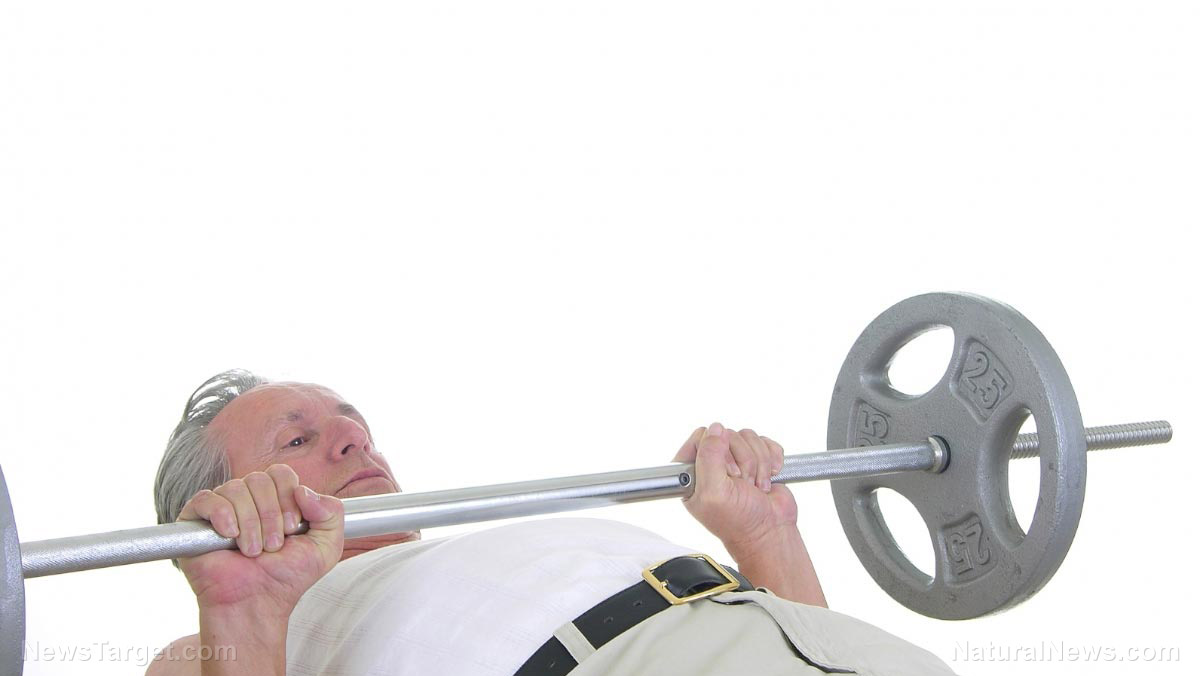
The research team enrolled 249 overweight or obese adults in their 60s as part of the 18-month study. The participants were divided into three groups. One group followed a calorie-restricted diet alone with no exercise regimen, while another group followed a restricted diet with cardio exercise that involved walking. A third group was assigned to a diet program plus weight training.
The health experts also obtained data on the volunteers' body composition at baseline six months and 18 months. The data collected was assessed through dual-energy x-ray absorptiometry. The participants' physical abilities were evaluated, which was measured by a 400-meter walk test and knee extensor strength test.
The findings revealed that participants in the diet plus weight training group lost more weight than those who followed either restricted diet plus walking or restricted diet alone. Likewise, volunteers in the weight training group exhibited less muscle loss compared with the other groups.
"[This] isn't terribly surprising, given that resistance training is a well established stimulus for muscle growth. What was surprising, however, is that diet [plus] aerobic training was not able to attenuate lean mass loss compared with diet alone. [Another] surprise finding was that diet [plus] exercise resulted in nearly twice as much fat mass loss than diet alone. Although this may have been due to enhanced compliance in the diet [plus] exercise groups, I think it sends an important pragmatic message that the diet [plus] exercise combination is most effective at maximizing fat -- and thereby total weight -- loss in a community-based setting," lead author Kristen Beavers states in a Med Page Today report.
The findings are presented at the annual Obesity Week meeting and published in the journal Obesity.
More interesting results for seniors in their 60s
The research team observed that participants in the weight training group lost a total of 17 pounds after 18 months, compared with only 16 pounds in the diet plus walking group and a measly 10 pounds in the diet-only group. The health experts have also found that muscle loss was most apparent in the diet plus walking group compared with participants in the diet-only or diet plus weight training groups.
According to the scientists, the percentage of weight loss stemming from muscle mass is 20 percent in the diet plus walking group. This, compared with only 16 percent in the diet-only group and 10 percent in the diet plus weight training group. The findings revealed that fat loss is linked to faster walking speed, while muscle loss is associated with significant declines in knee strength. (Related: Why weight loss requires strength training, even in women and seniors.)
"A lot of older adults will walk as their exercise of choice. But this research shows that if you're worried about losing muscle, weight training can be the better option," Beavers told Science Daily online.
The research team notes that the results have important implications for older adults who are known to gain and lose weight with frequency. The reason being is that older adults tend to regain fat mass instead of muscle, the scientists explain. The results readily stress the importance of preserving muscle mass during weight loss among seniors, the research team adds.
The scientists are planning to use similar data to evaluate the effects of exercise type on other health markers.
"Most immediately, we are planning to utilize the same dataset to examine the effect of exercise type on weight loss associated bone loss in older adults. Down the road, we are hoping to design and implement more practical, sustainable, and economically viable resistance training strategies for older adults," Beavers adds.
Sources include:
Please contact us for more information.























